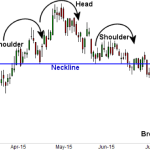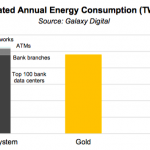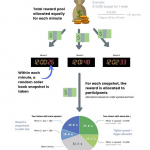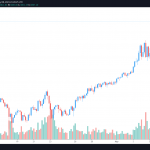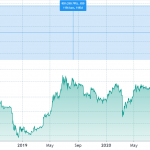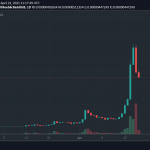- Telegram co-founder and CEO Pavel Durov announced the plans at Token2049 Dubai.
- The tokenization project will use the TON blockchain.
- Toncoin price rose as TON Foundation and Tether partnered to bring USDT to TON blockchain.
Telegram is taking a major step in its blockchain technology adoption with a new effort announced today during Token2049 Dubai.
The popular messaging app’s co-founder and CEO Pavel Durov revealed this next step on Friday.
According to Durov, the company’s tokenization journey now includes plans to tokenize Telegram stickers and emojis as non-fungible tokens (NFTs).
Telegram plans tokenized stickers
Telegram’s initiative follows the notable success of tokenized usernames and anonymous numbers. Already, users can earn up to 95% of revenue that comes from the sale of the unique usernames.
Tokenization is the next step in Telegram’s growth, Durov said, highlighting the role blockchain technology is set to play in this. The project will “exclusively” leverage The Open Network (TON) blockchain, the Telegram CEO noted.
Commenting on the success recorded so far, Durov said:
“We don’t want to stay there. We want to go further. You see, we believe in socially-relevant NFTs. We believe in NFTs that are deeply integrated into human culture, into human interaction, into our communication. NFTs that you can see tens of billions of times and have a lot of potential to spread virally. These are the right NFTs. That’s why the next step that we are going to undertake is tokenizing Telegram stickers.”
Toncoin (TON), the native token of TON blockchain, soared in recent months after Telegram rolled out its ‘Ad Network’. Users can now pay for in-platform adverts, with the initiative offering a 50% share of ad-revenue to channel owners and creators.
Earlier today, TON price rose sharply to $7.20 amid the NFT news. The token’s value also gained after news that stablecoin issuer Tether had launched its USDT on the TON blockchain.


